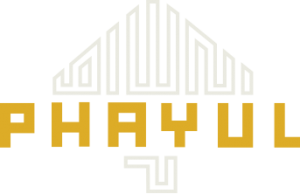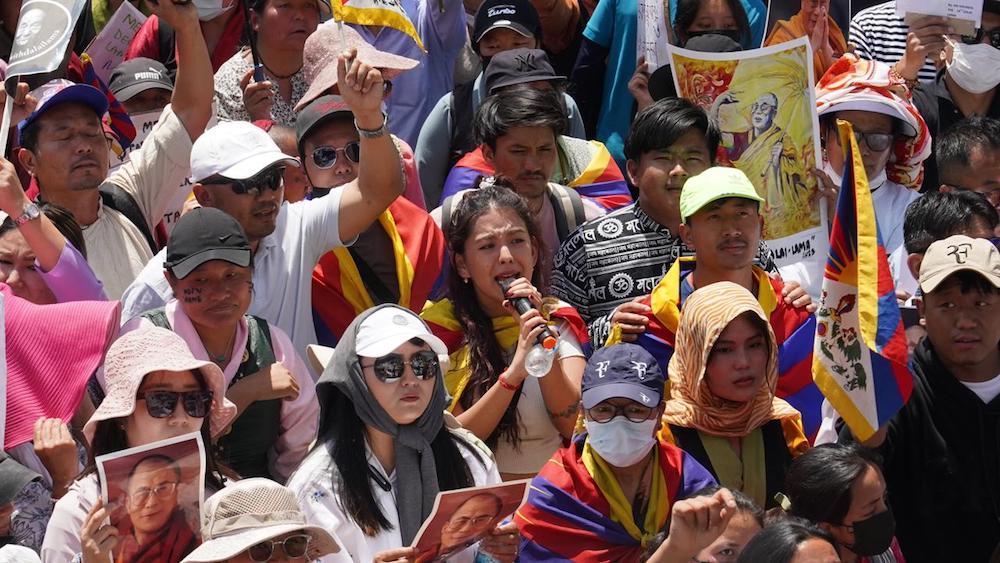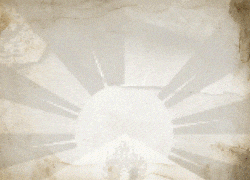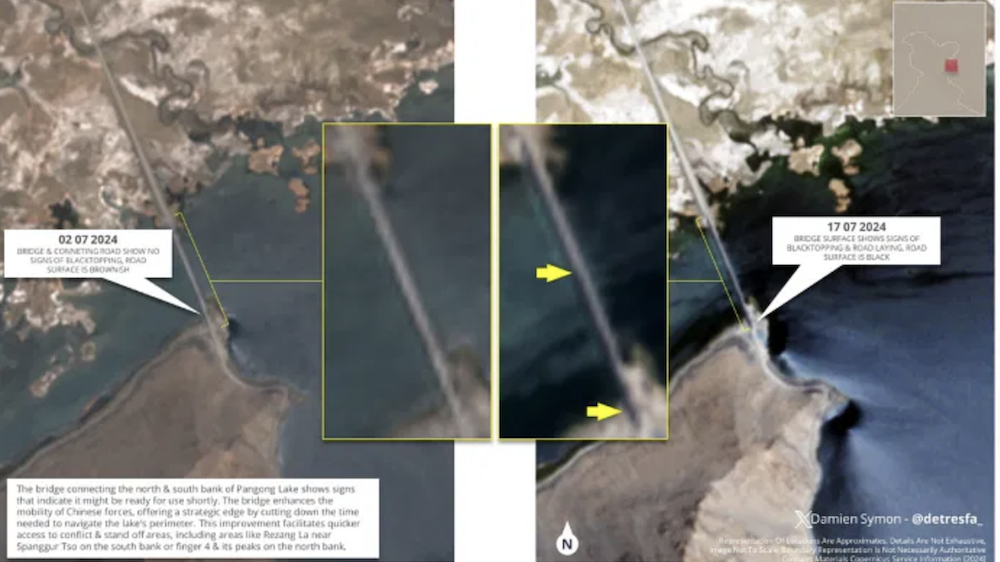By Prof. Kaveri Gill
More than a month after the actual event, His Holiness the Dalai Lama has suddenly been taken to task in India and across the world over his supposed questionable public interaction with a child, accompanied by his mother and a large group of students from Delhi. The judgment was made purely on the basis of a calculated short clip of the long meeting, mysteriously circulated on Twitter just weeks after the Tenth Jetsun Khalkha Dhampa Rinpoche and a vast entourage of Mongolian Tibetan Buddhists requested and received the transmission of a deity whom his predecessor was a greatly accomplished practitioner of. Whilst giving the teaching in the Main Temple in Dharamshala on March 8-9, the Dalai Lama specifically mentioned this, although the media coverage that followed this internal Buddhist matter focused only on how the Dalai Lama’s recognition of the reincarnated boy affected Mongolian and Communist Party of China (CPC) relations.
Did social media stop to ask who stood to gain by such a blatant attempt to tarnish the unblemished record of the Dalai Lama, as a beacon of non-violent resistance against the most powerful aggressor in the world and every odd? No, because the urge to provide click-bait content and react to it dominates our lives, and this is before the coming takeover of open-source AI. A lifelong proponent of child and youth rights, both Tibetan and non-Tibetan, the Dalai Lama has been extended no spirit of open-minded enquiry and benefit of doubt on the circus that is social media and the internet today, where trolls and bots have metaphorically hanged, drawn and quartered him on scant evidence and worse, little regard for it when presented ad nauseum by Tibetans in some detail via videos and articles.
Nowadays, decolonising and decentering knowledge systems are what takes up much discussion time in classrooms of universities and other fecund intellectual spaces across the globe. Yet, in this instant, what salacious meaning we impute to the body part that is a tongue – unlike a nose or a beard, also known to uniquely and playfully be a part of the Dalai Lama’s interactions – and how we perceive a phrase presented in self-taught broken English by an 87-year-old monastic, must conform to the hegemonic hypersexualised cultural and linguistic understanding of the dominant world. Hasty a priori judgements made on the basis of a slice of the actual interaction were not retrospectively reconsidered or apologised for, with scant regard for Tibetan customs and what Tenzin Pema explains as oothuk (a forehead to forehead greeting) or po (a kiss on the lips between elders and children) or what Tenzin Jigme painstakingly describes is the innocent meaning of che le sa (lost in translation as “eat my tongue”, a phrase most commonly used in Amdo, the province to which the Dalai Lama belongs).
Predictably, write ups in the mainstream media inevitably ended with how the Dalai Lama has stoked controversy before, by claiming if the next Dalai Lama were female, she’d have to be attractive, even though the BBC journalist’s intent and ethics with regard to the interview in question were highly suspect. It is as if the only prism though which people and actions are to be judged is a quick, one-size-fits-all MeToo lens. And this must uniformly apply even in countries as diverse as India, where child rights activists came on television to argue for suo moto action against the Dalai Lama, with the onus on him to prove a lack of sexual intent. But one also wonders where these protectors of child rights are when there is across the board silence on the atrocities committed against Tibetan children in Tibet, with one million of them forced into Chinese colonial boarding schools, or when Uighur women and children suffer grave abuses in reeducation camps. It is at such moments of selective and limited outrage that one begins to question the consistency, moral high ground and political expedience of liberals supposedly standing for universal progressive values.
It could be argued that there are enough instances of child abuse in religious institutions, east and west, and the interpretation of the Dalai Lama’s very public and innocent playful interaction was a grave casualty of that inherent mistrust. Herein lies the greatest tragedy, for the Dalai Lama’s first and most sustained project has been the betterment of Tibetan children in exile, who are seen as the seeds of the future Tibet, and the holistic education of all children and youth, via the promotion of a universal ethics-based curriculum, based on two central tenets of our common humanity and profound interdependence. To sacrifice the Dalai Lama’s impeccable credentials on every front over eight decades of a very public life, a Middle Way non-violent David to a brutal expansionist Goliath, on the altar of a false, fickle and morally decrepit social media, is the ultimate folly of an unhinged age.
The sentiments of Tibetans have deeply and rightly been hurt by the way this campaign against the Dalai Lama has been generated and whipped up by social media, including in India, a country Tibetans in exile have thus far loved as their second home. In the wake of this attack, perhaps many of the younger generation will question whether they are truly accepted and belong. Tibet’s experience at the hands of China, and that of the Dalai Lama at the hands of the CPC, as the single symbolic and real force between the occupying power and the occupied, should serve as notice to all countries and peoples across the world who stand for the truth. We lose sight of this at our own peril.
(Views expressed are her own)
The writer teaches at a university in Delhi, NCR and is the former Principal of the Dalai Lama Institute for Higher Education, Bengaluru.
The piece was originally published in The Week and has been republished on the site with the author’s permission.











3 Responses
There is only one true media in the world. And that is Aljeezera. All other such as BBC, CNN, Guardian, CBC, ABC are absolutely fake. Their job is to fool public towards a particular agenda based on capitalist or socialist leaning and the related issues such as gay rights, fossil fuel energy, pro globalization or anti globalization.
Never trust media. Seeing is not believing. What you see is hardly what is.
Now is the time to make as much noise as possible using drums, cymbals, thigh bone flutes etc. We are at rock bottom. We can’t go any lower.
I’m Ukraine, Hundreds of children are abused and BBC and CNN makes a big deal. But 1,000,000 are absurd by Chinese govt and media is quiet. 1 boy had an uncomfortable I codent with his Holiness, and media is making it look like whole children of India are abused.
Media is fake. Donald trump is right.
Tibetans must decide which papers are pro Tibet by noting down the headings of the Dalai Lama clip.
We tell media ” report with honesty”. But we don’t want media to ” stop” reporting the matter.
If we say STOP, then what if media stops reporting anything for fear of protests? We don’t want media black out on Tibet.
Sometimes it helps to be mentioned in media, even if coverage is parts good and parts bad, than no media coverage at all.
Reportingg should keep going but it should be pro Tibet and not peo China.
I totally agree with Prof. Kaveri Gill. Thank you for writing such an excellent piece. China’s smear campaign against His Holiness the Dalai Lama will back fire in the future. Where is the outcry when Xi and his warlords are committing atrocities against Tibetan children in Tibet? Where is the outcry when Uighur women and children suffer grave abuses in China’s gulugs? Where is the outcry when China razed Tibetan monasteries in Tibet, and just recently statue fo the Lord Buddha in Eastern Tibet?
lets get behind Drew Pavlou from Australia. This brave young man is a force to reckon with, considering how much he has done for us Tibetans. He spoke most eloquently in defense of hh Dalai Lama with focus on cultural relativism.